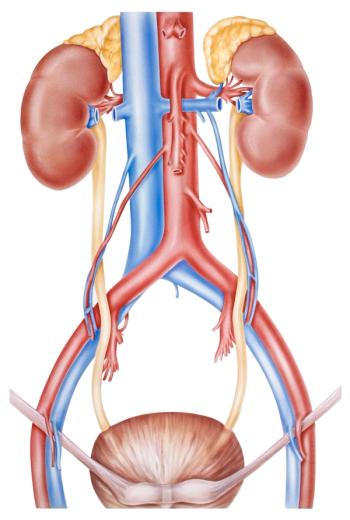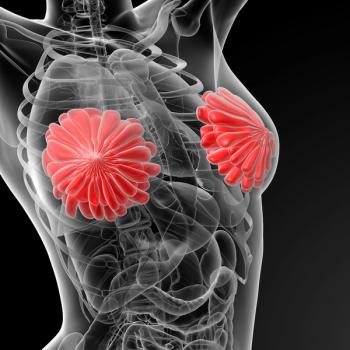
Coffee and Cancer Risk
This slide show highlights recent studies that examined coffee consumption as it relates to cancer risk, including melanoma, breast and liver cancers, and more.
References:
1. Holick CN, Smith SG, Giovannucci E, Michaud DS.
2. Galeone C, Tavani A, Pelucchi C, et al.
3. Setiawan VW, Wilkens LR, Hernandez BY, et al. Coffee intake reduces hepatocellular carcinoma risk: The Multiethnic Cohort. American Association for Cancer Research Annual Meeting 2014; April 5–9, 2014; San Diego. Abstr LB-281.
4. Geybels MS, Neuhouser ML, Wright JL, et al.
5. Sinha R, Cross AJ, Daniel CR, et al.
6. Jiang W, Wu Y, Jiang X.
7. Loftfield E, Freedman ND, Graubard BI, et al.
8. Merritt MA, Tzoulaki I, Tworoger SS, et al.
Newsletter
Stay up to date on recent advances in the multidisciplinary approach to cancer.














































































